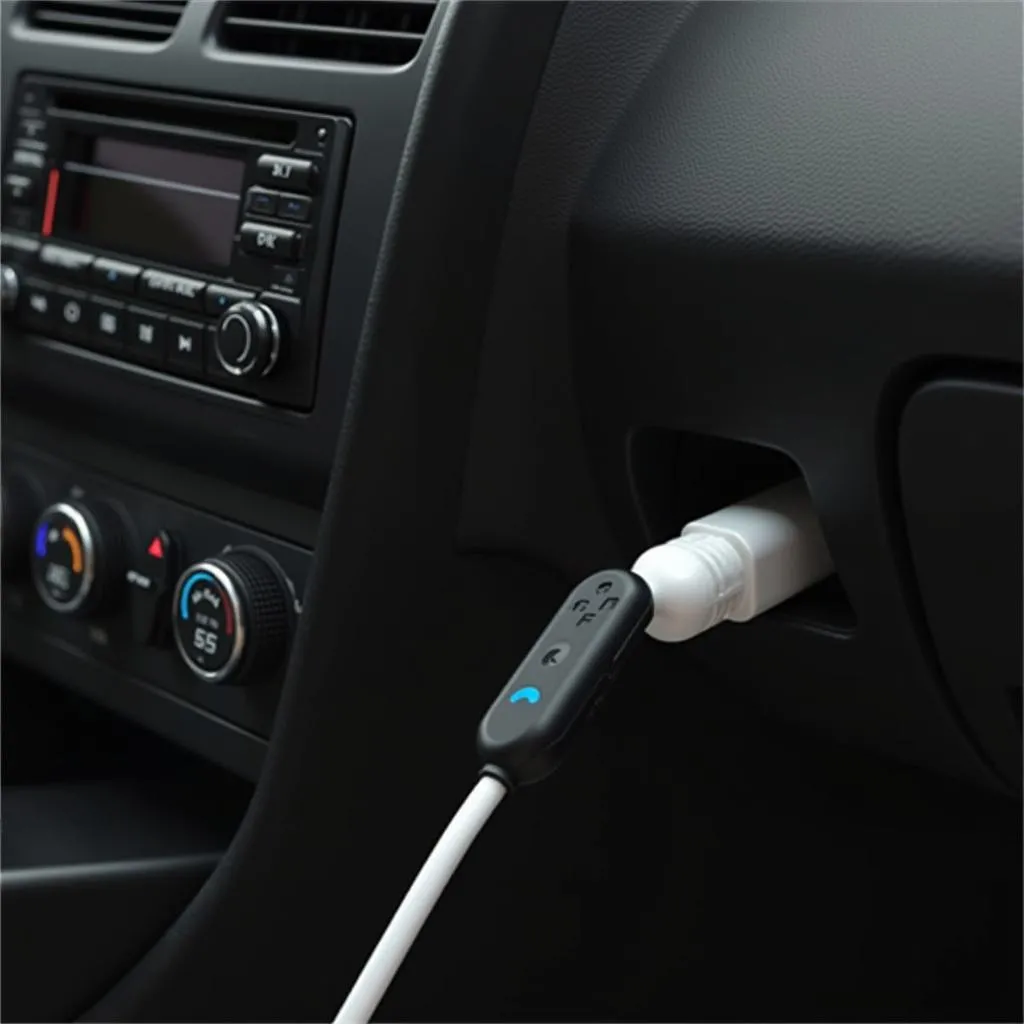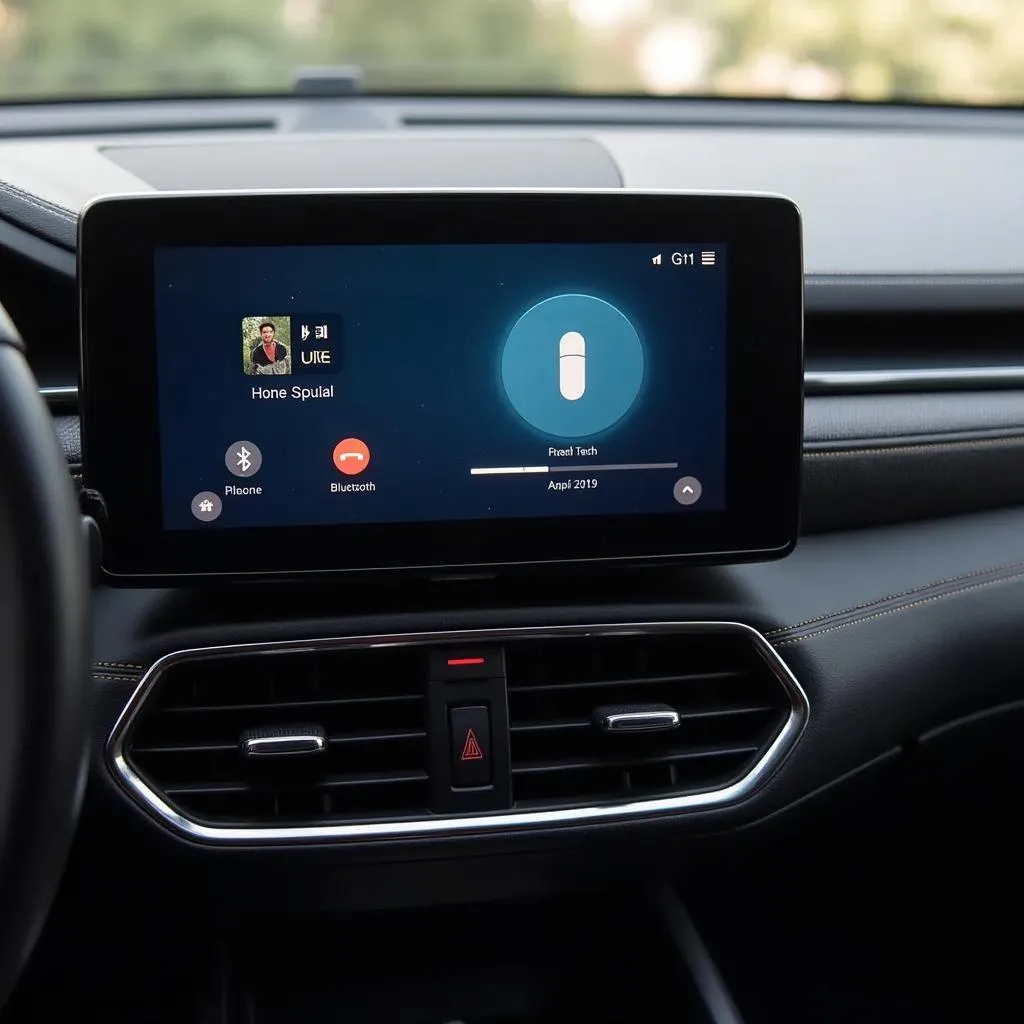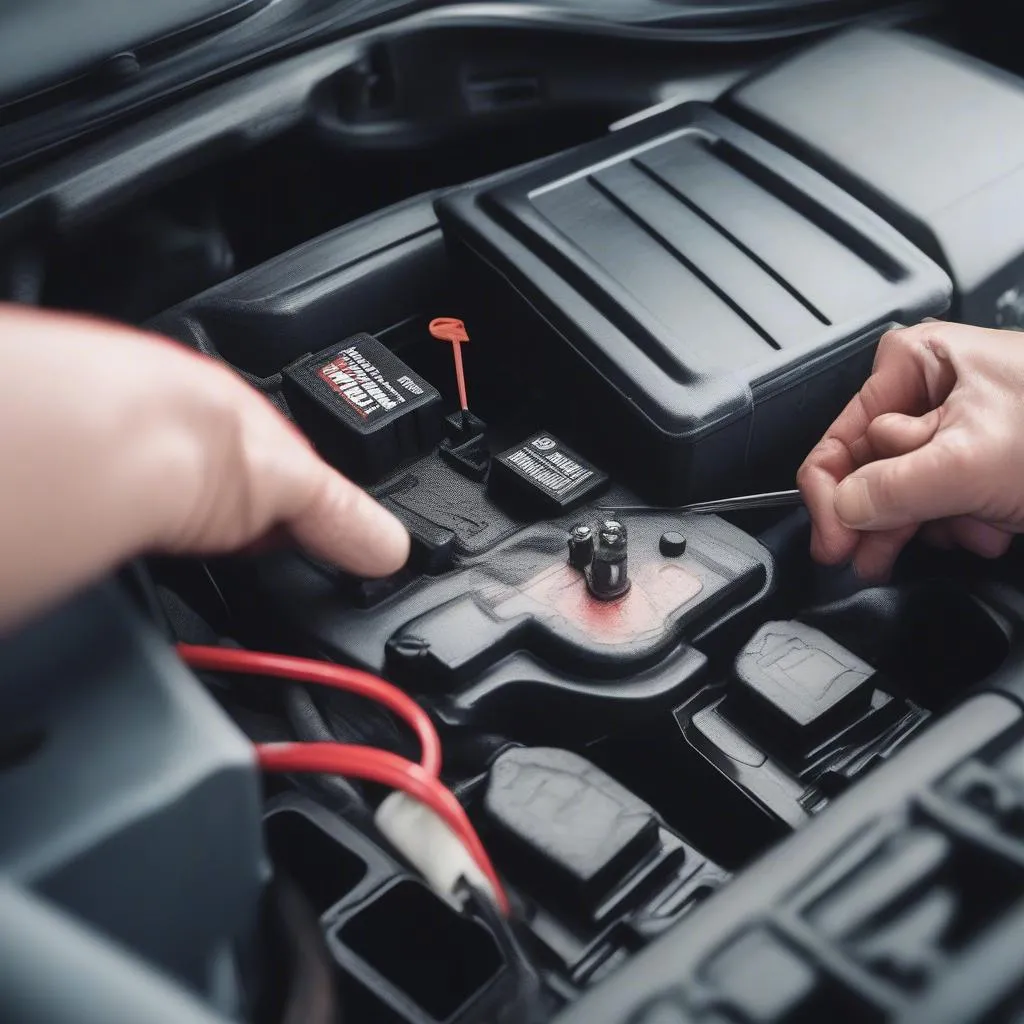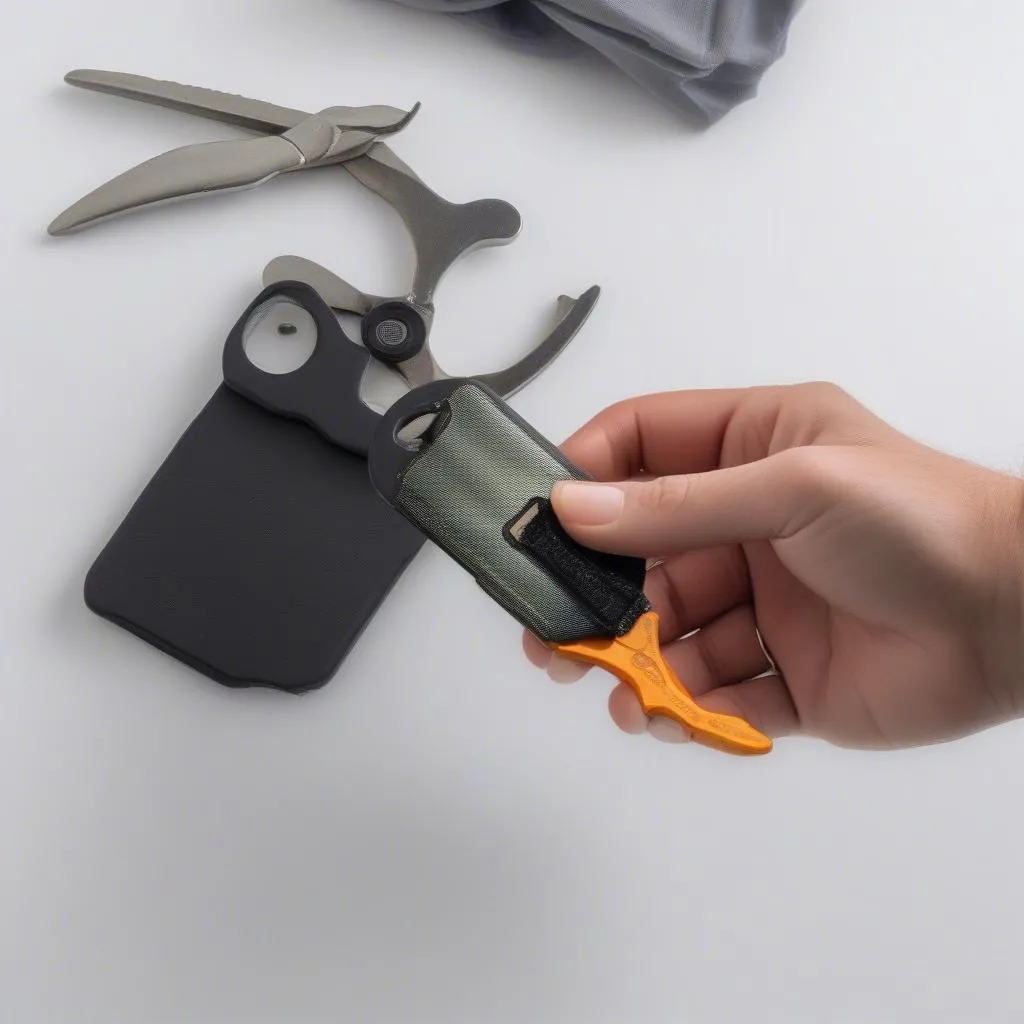We’ve all been there – stuck with an outdated car radio longing for the seamless connectivity of Bluetooth. You want to stream your favorite playlists, make hands-free calls, and enjoy all the perks of modern technology without replacing your entire head unit. Is it possible to bring your older car radio into the 21st century with Bluetooth? The answer is yes! Let’s explore your options.
Bringing Your Old Radio to Life with Bluetooth
While older car radios might not have Bluetooth built-in, there are several ways to add this functionality without replacing the entire unit.
Common Issues with Older Car Radios
Older car radios, while often charming with their vintage aesthetic, tend to fall short in our modern, tech-dependent world. Some common issues include:
- Lack of Bluetooth Connectivity: This is a major drawback for many as it limits hands-free calling and wireless music streaming.
- Limited Audio Inputs: Older radios were designed for cassette tapes and CDs, leaving few options for connecting smartphones or other devices.
- Outdated Sound Quality: Audio technology has advanced considerably, and older radios can’t compete with the clarity and richness of modern systems.
Why Upgrade Your Car Radio with Bluetooth?
The reasons to equip your car with Bluetooth capability go beyond just convenience:
- Safety First: Hands-free calling significantly reduces distractions while driving, keeping your focus on the road.
- Enhanced Music Experience: Stream your favorite music apps, podcasts, and audiobooks wirelessly.
- Modern Convenience: Enjoy seamless integration with your smartphone for calls, music, and even navigation audio.
Solutions for Adding Bluetooth to an Older Car Radio
Here’s the exciting part – you have several options, each offering a unique set of advantages:
1. Bluetooth FM Transmitters
This is often the most affordable and easiest solution. These compact devices plug into your car’s cigarette lighter socket or a 12V outlet and transmit audio wirelessly to your car radio via an unused FM frequency.
How to Choose the Right Transmitter:
- Sound Quality: Look for transmitters with advanced noise reduction technology for clear audio.
- Ease of Use: Choose a transmitter with intuitive controls and a clear display for effortless operation.
- Additional Features: Some models offer hands-free calling, USB charging ports, and even voice assistant integration.
Pros:
- Cost-effective
- Easy Installation
- Portable and Versatile
Cons:
- Sound quality can be inconsistent depending on radio signal strength.
- Limited control over music playback from the transmitter itself.
2. Bluetooth Adapter Kits
For a more integrated solution, consider a Bluetooth adapter kit. These kits connect directly to your car radio’s auxiliary input (AUX) or CD changer port, providing a direct and often higher-quality audio connection.
Choosing the Right Adapter Kit:
- Compatibility: Ensure the kit is compatible with your car radio’s make and model.
- Audio Quality: Look for kits with high-quality digital-to-analog converters (DACs) for superior sound.
- Installation: Some kits require professional installation, while others offer a DIY-friendly approach.
Pros:
- Better sound quality compared to FM transmitters.
- Seamless integration with your car’s existing audio system.
Cons:
- Can be more expensive than FM transmitters.
- Installation might require professional assistance depending on your car model.
3. Replacing the Head Unit
While this is the most expensive option, it offers the most comprehensive upgrade. Modern aftermarket head units come packed with features, including:
- Built-in Bluetooth
- Apple CarPlay and Android Auto Compatibility
- Advanced Sound Processing
- Touchscreen Interfaces
- Navigation Capabilities
Choosing the Right Head Unit:
- Size and Fit: Make sure the head unit fits your car’s dashboard opening (single-DIN or double-DIN).
- Features: Prioritize the features most important to you, such as Bluetooth, smartphone integration, and sound quality.
- Installation: Professional installation is highly recommended for head unit replacements.
Pros:
- Most comprehensive upgrade with the latest features.
- Significantly enhances sound quality and functionality.
Cons:
- Most expensive option.
- Often requires professional installation.
 Bluetooth Car Radio Adapter
Bluetooth Car Radio Adapter
Frequently Asked Questions
Q: Can I install any of these solutions myself?
A: Bluetooth FM transmitters and some adapter kits are designed for DIY installation. However, if you’re not comfortable with car electronics, professional installation is always recommended, especially for head unit replacements.
Q: Will using a Bluetooth transmitter drain my car battery?
A: Most Bluetooth transmitters and adapters draw very little power and shouldn’t drain your battery noticeably. However, it’s good practice to unplug them when your car is turned off for extended periods.
Q: How do I know if my car radio has an auxiliary input (AUX)?
A: Look for a 3.5mm jack labeled “AUX” or “Line In.” It’s often located on the front panel of the radio, but it could also be in the glove box or center console.
Q: What is the difference between single-DIN and double-DIN head units?
A: DIN refers to the size standard for car radios. Single-DIN units are approximately 2 inches tall, while double-DIN units are 4 inches tall.
 Car Radio with Bluetooth
Car Radio with Bluetooth
Conclusion
You don’t have to be stuck in the past with an outdated car radio. With several Bluetooth solutions available, you can enjoy the convenience and safety of hands-free calling and wireless music streaming without replacing your entire audio system. Carefully consider your budget, technical skills, and desired features to determine the best option for your needs.
For further assistance in diagnosing your car’s audio system or exploring professional installation options, don’t hesitate to contact CARDIAGTECH. Our team of experts can help you find the perfect solution to bring your car’s audio into the digital age.


